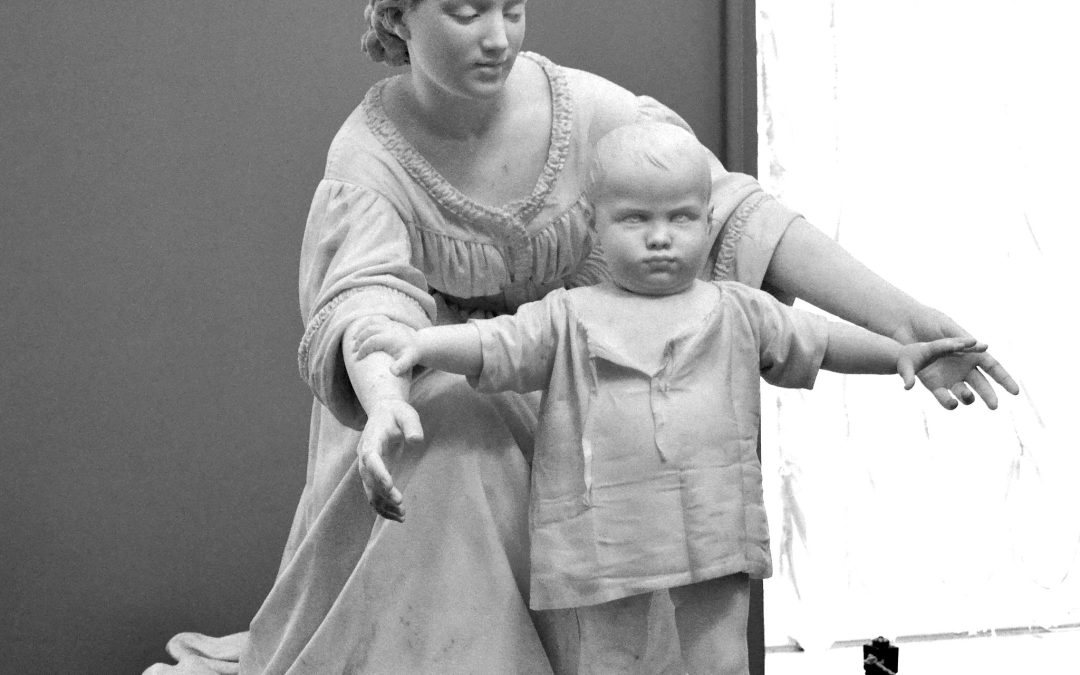When I speak to students during readings of my books, Martin the Marlin, The One and Only Ben, and Martin the Marlin: Friends Help Friends — in groups that often number in the hundreds, from Kindergarten through 8th grade — I get questions so direct they can only come from children. One of the questions I get most frequently is this: “How do I become a writer?” My stock answer is that you have to do two things:
- Write.
- Don’t quit.
At one such engagement, a young man in 5th grade asked the question. When I said, “Write,” he started to smile. When I said, “And don’t quit,” his smile widened, his eyes lit up, and he positively beamed. He replied, “I’ll never quit!” I looked at his face. Then I glanced at the face of his teacher. Then I looked back to the boy. I said to his teacher, “Look at that young man’s face. The only thing he’s going to do is succeed. And he knows it.” His teacher then smiled and replied, “Yes, he does.”
Along our respective ways, how do we lose that kind of simple certainty? I don’t think it’s stolen from us. I think we surrender it.
What could be worth a concession that profound? What could be so powerful as to compel us to abdicate our creative confidence? Is it fear? Are we afraid to be judged? Are we reluctant to create because we think our efforts will fall short, even — perhaps especially — in our own estimations? If we do acquire a fear of failure, it’s more dangerous than it is sad.
It’s dangerous because if we’re not creating, we’re conforming. Our choices are the beaten path or the road not taken. Granted, not everyone is temperamentally inclined to create randomly, to start businesses, or to defy the status quo. But what convinces us to forego our self-reliance in deference to the notion that we have to go along to get along?
Spending time with children makes you realize how easily adults accept defeat.
Many children also ask, “What should I do first?” Many adults ask the same question. Answer? It doesn’t matter. Paying undue attention to the first step makes it the source of paralyzing anxiety if we assume it has to be perfect. It doesn’t. The first step is, indeed, the most important — but only because, without it, there can’t be a second or a third.
Do you need to plan the trip? Yes. Do you need to know the destination? No. Plan the trip. Take the first step. Stop. Breathe. Look around. Think. If things look exactly as you imagined them, take the second step. If they don’t, allow for the change, amend the plan, then take the second step. For subsequent steps: lather, rinse, repeat.
I had no idea writing and publishing books for children would open doors to their schools. It wasn’t in the plan. But I took enough steps to see the opportunity. So, I amended my plan and followed the opportunity. That’s really all it takes.
If you don’t believe that, let me know. I’ll invite you to join me at the next school I visit.
You’ll see the truth in every young face in the room.
—
“First Step” by Stebanoid (Own work), via Wikimedia Commons.

